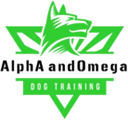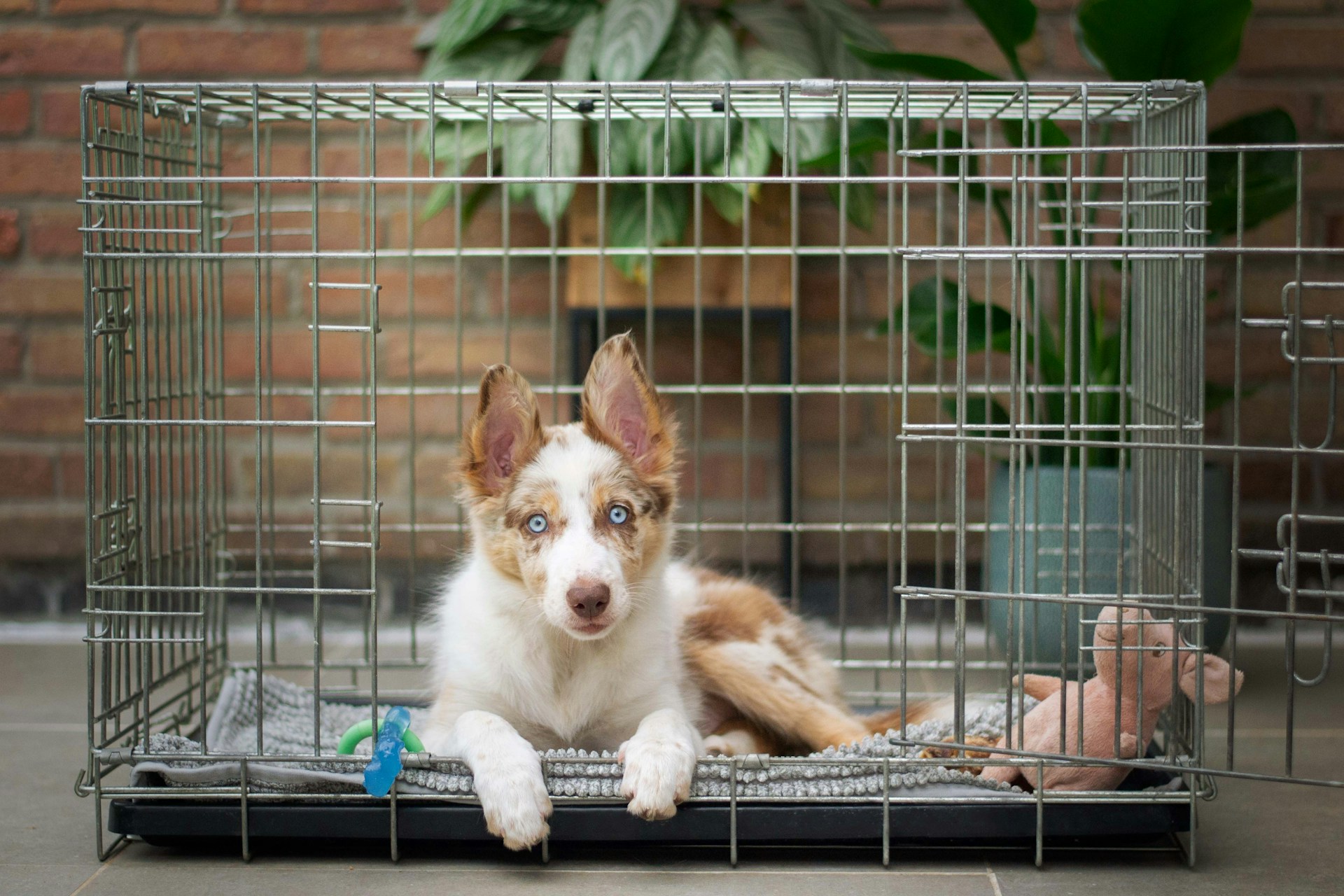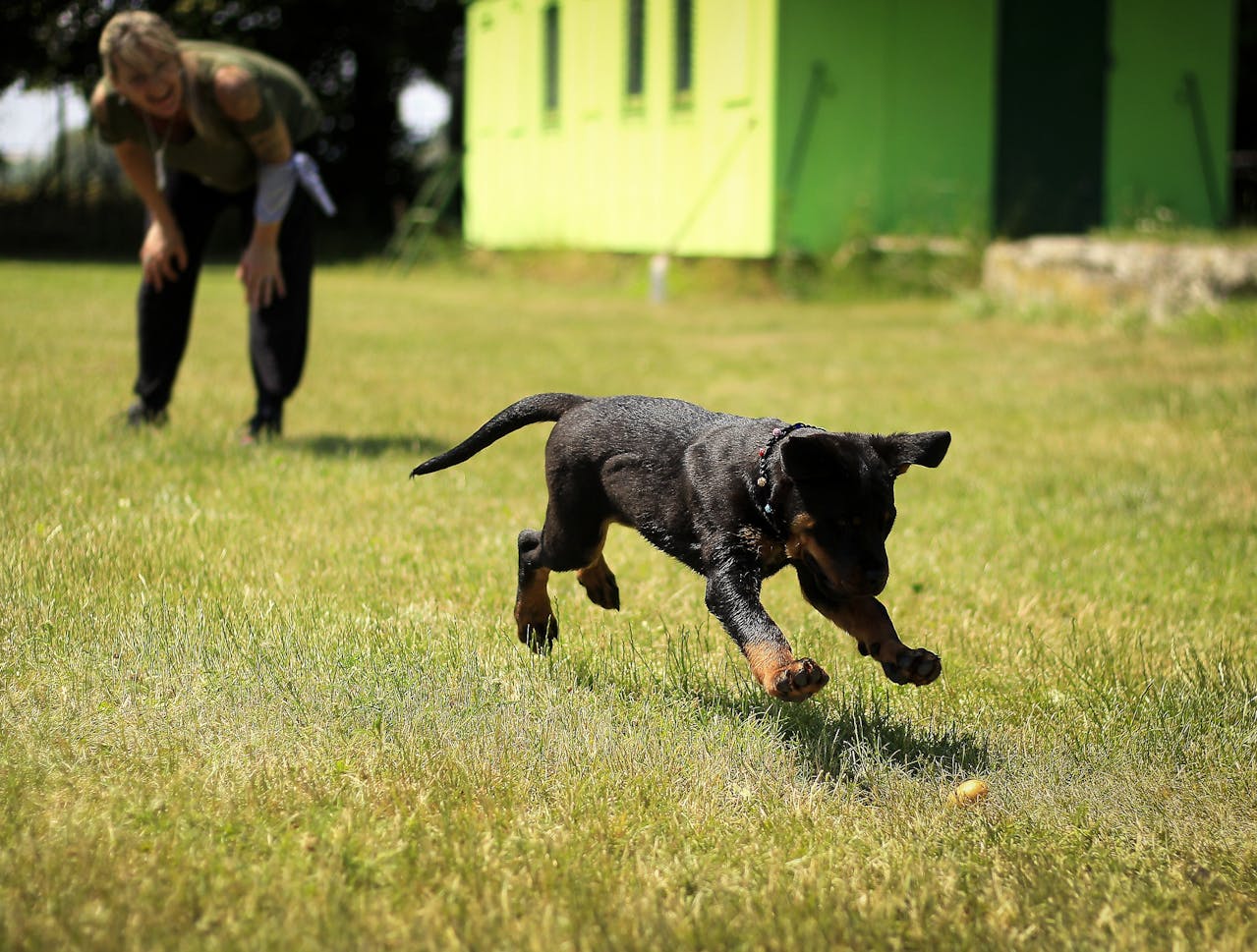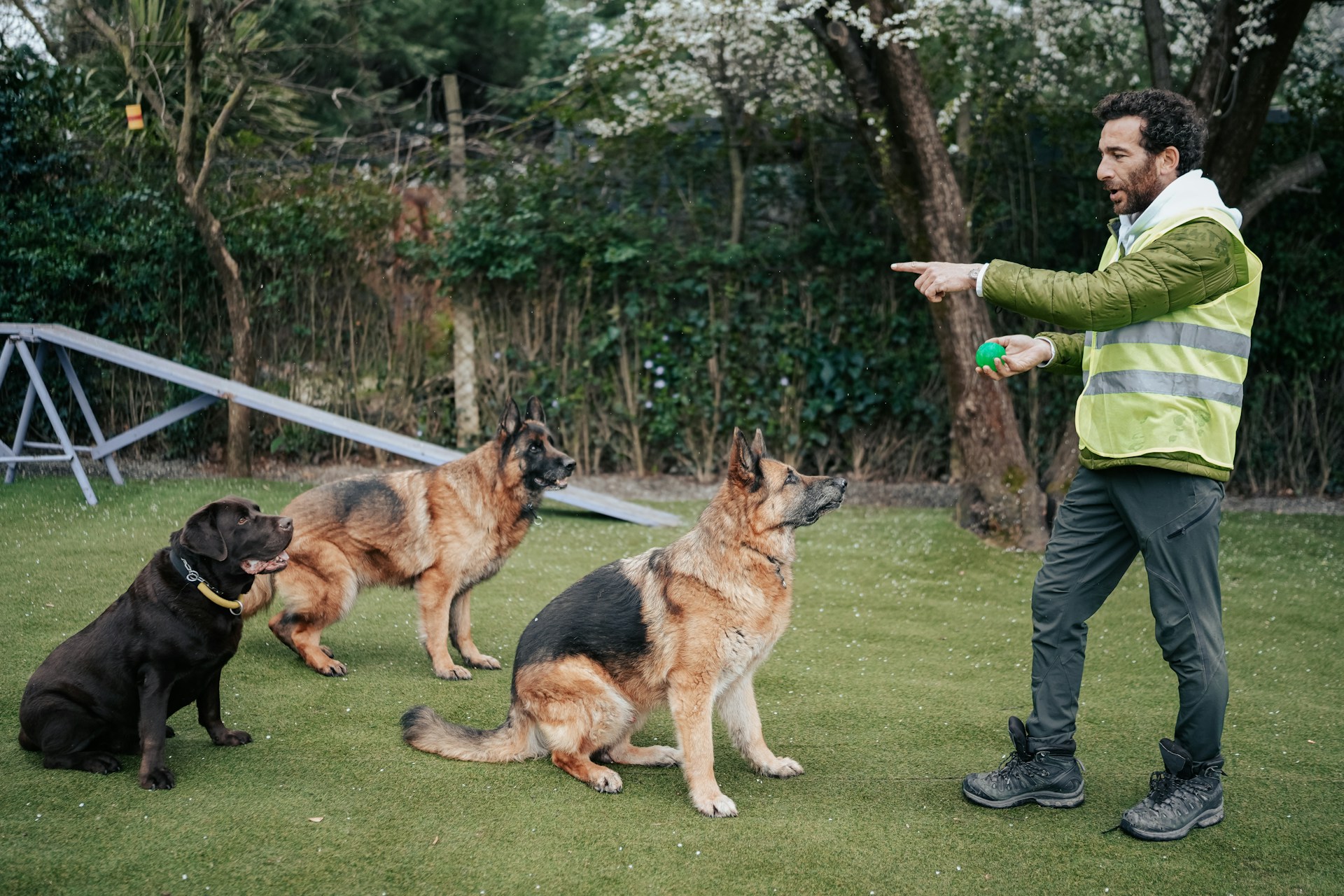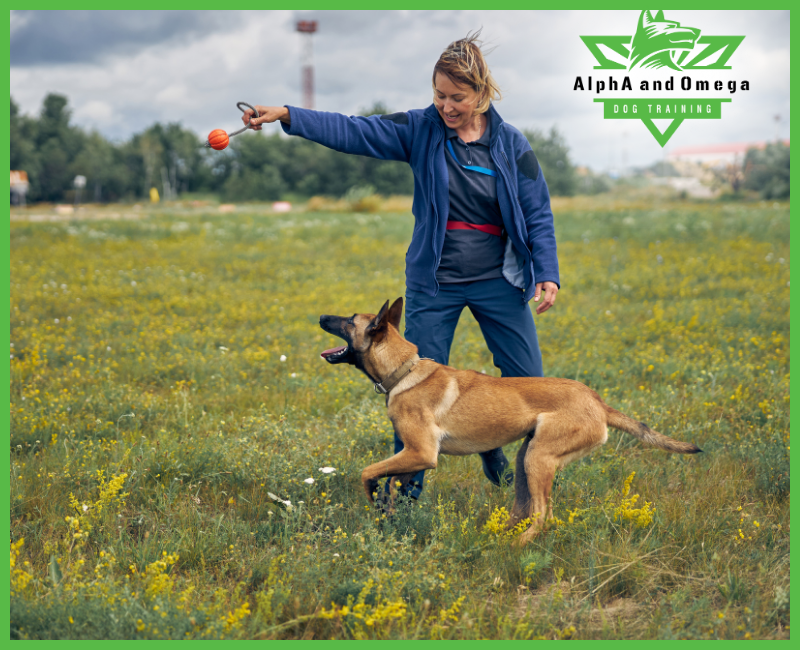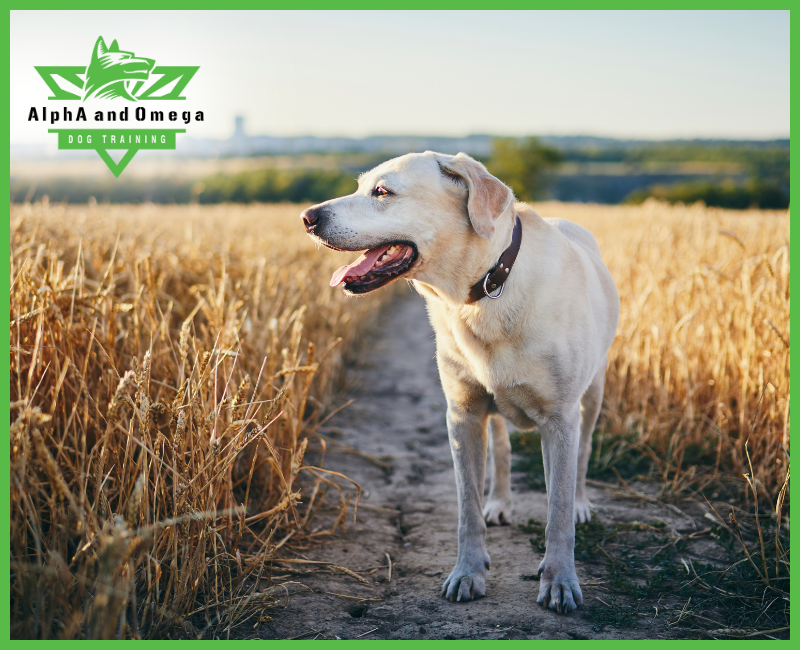
Summer is the perfect time for fun in the sun with your canine counterpart. Our pets love summer just as much as we do, but keep in mind that warm weather can be dangerous. It’s hard for pets to keep cool when the sun is beating down, and animals don’t sweat as people do. Read on to learn more about the dangers of the hottest season and cool tips for keeping your dog healthy all summer long.
Summer is the time to have outdoor fun with our dogs. Longer walks in the park, ambitious hikes, beach days, or family travel — the sun is shining, and the outdoors is calling. But hot weather can also make us uncomfortable, and it poses special risks for dogs. From an increased exposure to ticks and other insects, to sunburn, and even heatstroke, all sorts of things can go wrong for your dog in summer. Keep the following safety concerns in mind as the temperature rises, and follow our tips for summer safety for dogs. They will help you keep your pet happier and healthier during the dog days of summer.
Help Your Dog Beat the Heat
- Give your dog a shady spot to hang out on hot days or keep him inside where there’s air-conditioning. Doghouses are not good shelter in the summer because they can trap heat.
- Fill a child-size wading pool with fresh water for your dog to cool off in.
- Never leave your dog in a closed vehicle on a hot day. The temperature inside a car can reach 100 degrees in just 20 minutes.
- Provide plenty of cool, fresh water.
- Avoid exercising your dog strenuously on extremely hot days. Take walks in the early mornings or evenings, when the sun’s heat is less intense.
- Avoid exposing your dog to hot asphalt or sand for any prolonged period; it can burn his paws.
- Be mindful of your dog’s breed. Dogs that are brachycephalic (have a short head and snout), such as Bulldogs, Boxers, Japanese Chin, and Pekingese, have an especially hard time in the heat because they do not pant as efficiently as longer-nosed dogs. Keep your brachycephalic dog inside with air-conditioning.
Keep Your Dog Healthy This Summer
- Make sure your dog’s vaccinations are up-to-date, especially since dogs tend to stay outdoors longer and come into contact with other animals more during the summer months.
- Keep dogs off of lawns that have been chemically treated or fertilized for 24 hours (or according to package instructions), and away from toxic plants and flowers.
- Keep your dog well brushed, clean, and free of mats.
- Ask your veterinarian for an effective preventive against fleas, ticks, and mosquitoes that carry heartworm.
Safety Tips for Taking Dogs to the Beach
- Give your dog a shady spot to rest, like a beach tent or his own outdoor beach pen.
- Provide plenty of fresh water.
- Protect him against sunburn. Dogs, especially those with short hair, white fur, and pink skin, can get sunburned. Limit your dog’s exposure during the day and apply sunscreen to his ears, nose, and coat before going outside.
- Check with a lifeguard for water conditions. Dogs are easy targets for sea lice and jellyfish.
- Keep a check on his activity. Running on the sand is strenuous exercise. A dog that is out of shape can pull a tendon or ligament, and running on wet sand can make his paw pads blister.
- Don’t let your dog drink seawater; the salt will make him sick.
- Rinse him off at the end of the day. Salt and other minerals in ocean water can damage your dog’s coat.
- Check local ordinances before heading out. Not all beaches allow dogs, and some restrict the time they can be there.
Keep Your Dog Safe in the Water
- Let your dog go for a swim. Some dogs are natural swimmers; others won’t get a toe wet. Never force your dog into the water. Follow these water safety tips and be mindful of your dog’s preferences and skills before sending him out to ride the waves.
- Don’t let your dog overdo it; swimming is hard work, and he may tire quickly. When swimming in the ocean, be careful of strong tides.
- Never leave your dog unattended in water.
- Put your dog in a life vest.
Traveling in Summer With Your Dog
By Air
- Be aware that many airlines will not ship animals during summer months due to dangers caused by hot weather. Some will only allow dogs to fly in the early morning or in the evening. Check with the airlines for specific rules.
- Put ice packs wrapped in a towel or an ice blanket in the dog’s crate if you do ship a dog. Two-liter soft drink bottles filled with water and then frozen work well.
- Provide a container of fresh water, as well as a container of frozen water that will thaw over the course of the trip.
By Car
- Keep your dog cool in the car by putting ice packs wrapped in a towel in his crate. Make sure the crate is well ventilated.
- Use a cooling pad as his bed or crate liner.
- Put a sunshade on your car windows.
- Bring along fresh water and a bowl, and a tarp or tent, so you can set up a shady spot when you stop. Keep a spray bottle filled with water to spritz on your dog to cool him down.
By RV
- Never leave an RV or motor home completely closed up, even if the generator and air-conditioning are running. Crack a window or door or run the exhaust fan.
- Even though there’s lots of space to walk around, when you’re moving, your dog should be attached to a dog-safe seat belt or ride in a secured crate. If you have to make a sudden stop, he’ll be protected.
- Check out the location of the nearest veterinary office, if you plan to stay in one place for any length of time. You should also plan ahead and verify that campgrounds are pet-friendly.
Be Alert to Dehydration and Heatstroke
Dehydration
Dogs can become dehydrated when more fluids leave the body than it takes in. They lose fluids through panting, urinating, and even from evaporation through their paws. If you see any of the following symptoms, the dog needs rehydration and replacement of electrolytes right away:
- Panting
- Dry gums and nose
- Thick saliva
- Lethargy
- Sunken eyes
- Loss of elasticity in the skin
Just giving your dog a bowl of water may not be enough; electrolytes may need to be replaced, as well. Use a product like PedialyteR, electrolyte-enhanced water, or an electrolyte solution. Check with your veterinarian for dosage recommendations. You may also need to go to an emergency vet who can administer intravenous fluids.
Heatstroke
Heatstroke can be the serious and often fatal result of a dog’s prolonged exposure to excessive heat. Heatstroke usually occurs when high ambient temperature overcomes the dog’s ability to dissipate heat. The degree of damage is determined by how high a temperature is reached and how long the animal is exposed. Below are the signs of heatstroke and the actions you should take if your dog is overcome.
Early Stages:
- Heavy panting
- Rapid breathing
- Excessive drooling
- Bright red gums and tongue
- Difficulty maintaining balance
Advanced Stages:
- White or blue gums
- Lethargy, unwillingness to move
- Uncontrollable urination or defecation
- Labored, noisy breathing
- Shock
If your dog begins to exhibit signs of heatstroke, you should try immediately to cool him down. Cooling methods include getting him into the shade, spraying him with cool or tepid water, and fanning him. Severely affected dogs require fluids, medication, support, and oxygen.
Check your dog’s temperature regularly during this process. Once it’s stabilized at between 100-to-102 degrees, you can stop the cool-down process. If you can’t get the dog cooled down, and you begin to see signs of advanced heatstroke, take the dog to a veterinarian immediately.
The best treatment for heatstroke is prevention. Limit the time your dog works or exercises in hot weather. Choose cooler periods of the day for training and exercise sessions. Provide plenty of cool, fresh water, shade, and frequent rest periods when it’s hot.
Nothing beats canine companionship on vacations, in the great outdoors, and on the beach. As a responsible dog owner, you can ensure that your vacation with your best friend will be enjoyable for both of you.
Does your dog have issues with jumping, pulling, barking, nipping, biting, potty training, leash reactivity, or fearfulness? Increase a positive relationship with your much-loved companion by eliminating moody behaviors while they are still puppies. No excuses! For more advice on how to care for and train your dog, give us a call at 844.739.0990 or follow us on Facebook.
Reference: [https://www.akc.org/expert-advice/health/summer-safety-tips-for-dogs-2/]
